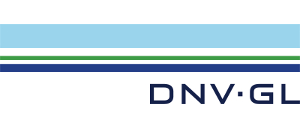LNG Bunkering
LNG Bunkern
Status
completed
Scientists
Prof. Dr.-Ing. Bettar Ould el Moctar
Dipl.-Ing. Matthias Tenzer
Project Description
Exhaust gas regulations, brought into force by the Central Commission for the Navigation on the Rhine (CCNR), are becoming gradually stricter for inland waterway vessels. This includes limitations on CO, HC, NOX and particulate matter emissions. To comply with the new regulations, substitutes for the commonly used Diesel engines are developed. One approach comprises the use of Liquefied Natural Gas (LNG) for inland waterway vessels. Operating on LNG demands safe bunkering of this fuel. Within a feasibility study concerning the bunkering of liquefied gases in German ports, conducted by Germanischer Lloyd (GL), LNG fuel transfer has been assessed in terms of legal and regulatory aspects.
The University of Duisburg-Essen contributed to the study by assessing the legal and regulatory aspects, land and ship-related, concerning the bunkering procedure for LNG on inland waterways and in inland ports. Regulations were reviewed, divided into ship and land-related ones and both as well as the interface between land and ship were analysed. Considering an LNG-based propulsion system for the transportation of dangerous goods, a first evaluation of the regulatory aspects was made. In general, the transportation of dangerous goods on European inland waterways and roads is regulated by the European Agreement concerning the International Carriage of Dangerous Goods by Inland Waterways (ADN) and European Agreement Concerning the International Carriage of Dangerous Goods by Road (ADR), respectively. However, during the project, transportation of LNG was still limited to roads.
Funding
The study was conducted for Germanischer Lloyd (now DNVGL)


